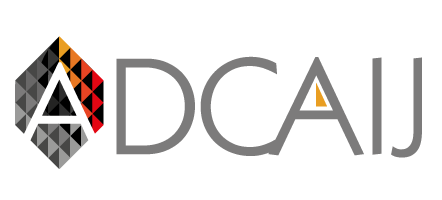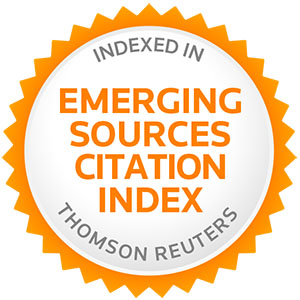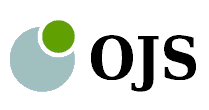Advances in Distributed Computing and Artificial Intelligence Journal
Conducting the Review
Thank you for the effort and expertise that you contribute to reviewing, without which it would be impossible to maintain the high standards of peer-reviewed journals.
Peer review is a critical element of scholarly publication, and one of the major cornerstones of the scientific process. Peer Review serves two key functions:
- Acts as a filter: Ensures research is properly verified before being published
- Improves the quality of the research: rigorous review by other experts helps to hone key points and correct inadvertent errors
Reviewing needs to be conducted confidentially, the article you have been asked to review should not be disclosed to a third party. If you wish to elicit an opinion from colleagues or students regarding the article you should let the editor know beforehand. Most editors welcome additional comments, but whoever else is involved will also need to keep the review process confidential.
You should not attempt to contact the author.
Be aware when you submit your review that any recommendations you make will contribute to the final decision made by the editor.
Depending upon the journal, you will be asked to evaluate the article on a number of criteria. Some journals provide detailed guidance others do not, but normally you would be expected to evaluate the article according to the following:
Originality
Is the article sufficiently novel and interesting to warrant publication? Does it add to the canon of knowledge? Does the article adhere to the journal's standards? Is the research question an important one? In order to determine its originality and appropriateness for the journal, it might be helpful to think of the research in terms of what percentile it is in? Is it in the top 25% of papers in this field? You might wish to do a quick literature search using tools such as Scopus to see if there are any reviews of the area. If the research has been covered previously, pass on references of those works to the editor.
Structure
Is the article clearly laid out? Are all the key elements (where relevant) present: abstract, introduction, methodology, results, conclusions? Consider each element in turn:
- Title: Does it clearly describe the article?
- Abstract: Does it reflect the content of the article?
Where graphical abstracts and/or highlights are included, please check the content and if possible make suggestions for improvements. Follow these links for more information on graphical abstracts and highlights. - Introduction: Does it describe what the author hoped to achieve accurately, and clearly state the problem being investigated? Normally, the introduction should summarize relevant research to provide context, and explain what other authors' findings, if any, are being challenged or extended. It should describe the experiment, the hypothesis(es) and the general experimental design or method.
- Method: Does the author accurately explain how the data was collected? Is the design suitable for answering the question posed? Is there sufficient information present for you to replicate the research? Does the article identify the procedures followed? Are these ordered in a meaningful way? If the methods are new, are they explained in detail? Was the sampling appropriate? Have the equipment and materials been adequately described? Does the article make it clear what type of data was recorded; has the author been precise in describing measurements?
- Results: This is where the author/s should explain in words what he/she discovered in the research. It should be clearly laid out and in a logical sequence. You will need to consider if the appropriate analysis has been conducted. Are the statistics correct? If you are not comfortable with statistics, please advise the editor when you submit your report. Interpretation of results should not be included in this section.
- Conclusion/Discussion: Are the claims in this section supported by the results, do they seem reasonable? Have the authors indicated how the results relate to expectations and to earlier research? Does the article support or contradict previous theories? Does the conclusion explain how the research has moved the body of scientific knowledge forward?
- Language: If an article is poorly written due to grammatical errors, while it may make it more difficult to understand the science, you do not need to correct the English. You should bring this to the attention of the editor, however.
Finally, on balance, when considering the whole article, do the figures and tables inform the reader, are they an important part of the story? Do the figures describe the data accurately? Are they consistent, e.g. bars in charts are the same width, the scales on the axis are logical.
Previous Research
If the article builds upon previous research does it reference that work appropriately? Are there any important works that have been omitted? Are the references accurate?
Ethical Issues
- Plagiarism: If you suspect that an article is a substantial copy of another work, please let the editor know, citing the previous work in as much detail as possible
- Fraud: It is very difficult to detect the determined fraudster, but if you suspect the results in an article to be untrue, discuss it with the editor
- Other ethical concerns: For medical research, has confidentiality been maintained? Has there been a violation of the accepted norms in the ethical treatment of animal or human subjects? If so, then these should also be identified to the editor
















